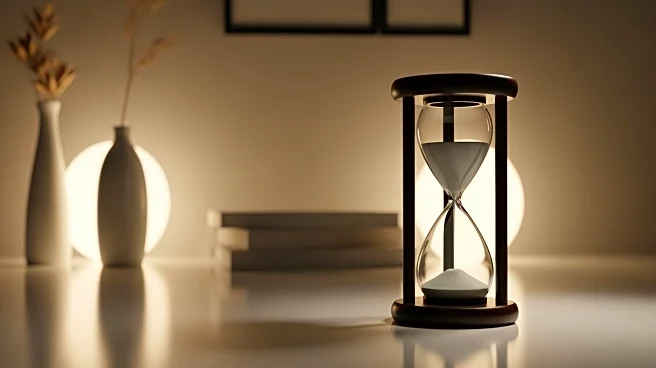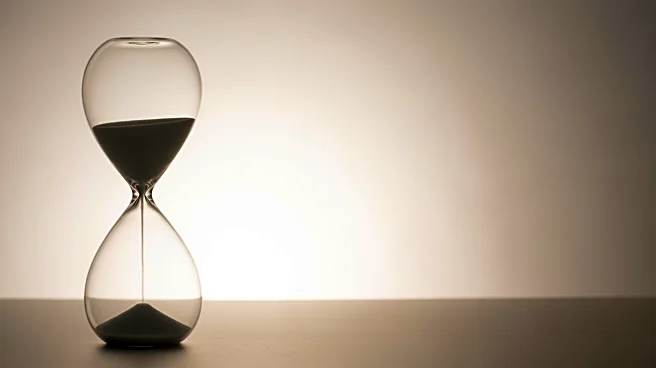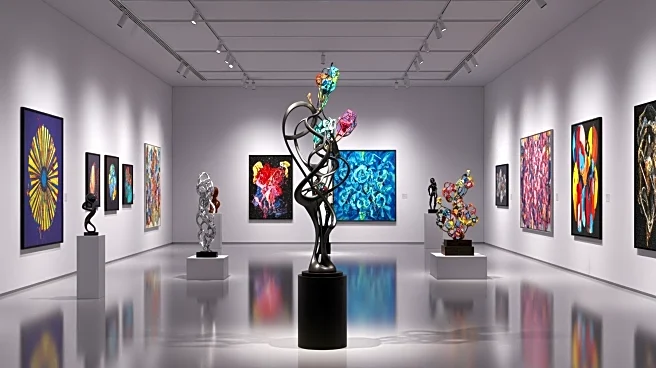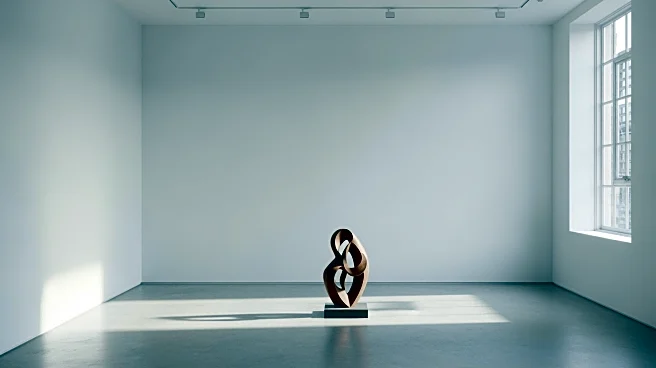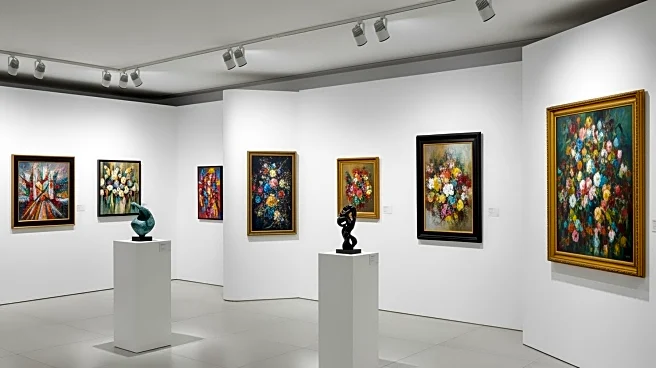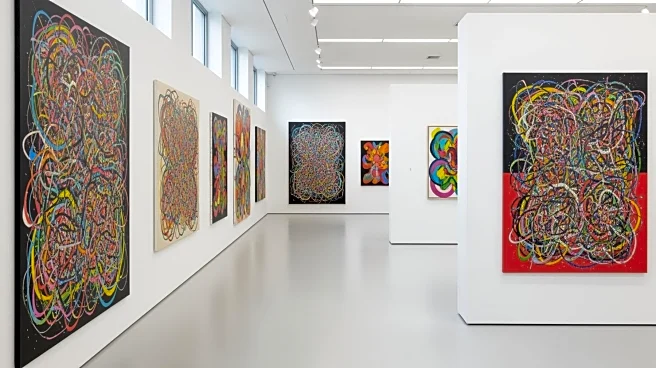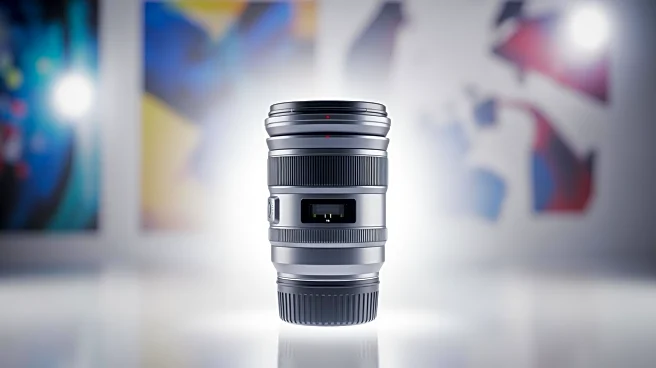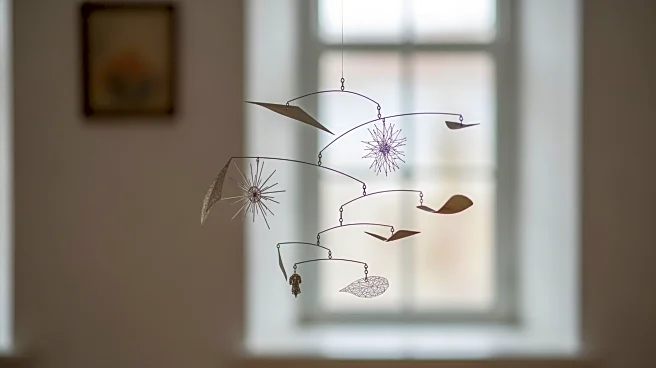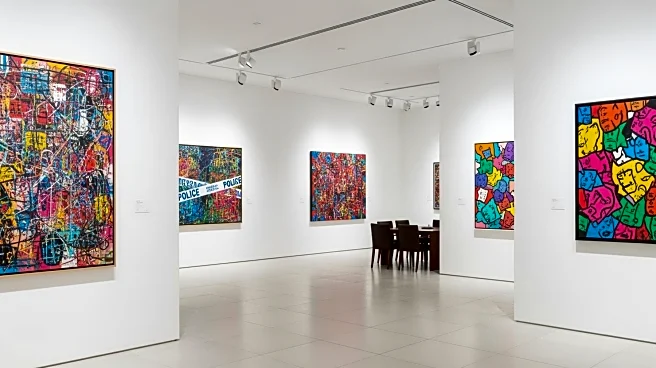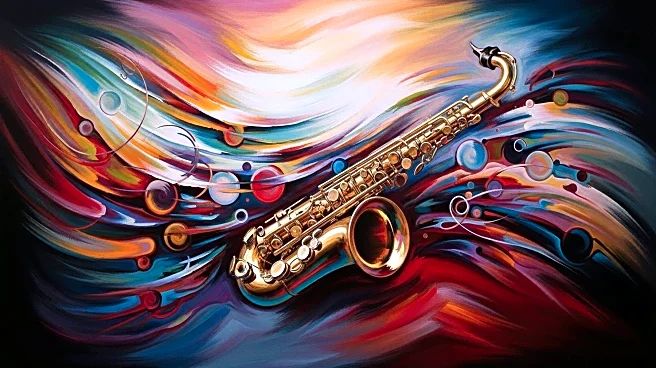What's Happening?
Tehching Hsieh, a Taiwanese American artist known for his extreme performance art, is the subject of a retrospective at Dia Beacon in New York. The exhibition, which opened on October 4, features Hsieh's
'One Year Performance 1978-1979 (Cage Piece),' where he lived in a cage for a year, documenting each day with a self-portrait. The retrospective includes all elements from the original performance, such as the cage and personal items like his toothpaste. Hsieh's work challenges viewers to reconsider their perceptions of time and isolation, and this exhibition marks his first major retrospective.
Why It's Important?
Hsieh's retrospective is significant as it highlights the endurance and commitment required in performance art, pushing boundaries of the medium. His work prompts discussions on the nature of time, solitude, and the human condition, offering a unique perspective in the art world. The exhibition at Dia Beacon provides an opportunity for audiences to engage with these themes, potentially influencing contemporary art discourse and inspiring new interpretations of performance art.
What's Next?
The retrospective may lead to increased interest in Hsieh's work, potentially inspiring new exhibitions or collaborations. Art critics and historians might explore the implications of his performances further, examining their impact on modern art practices. The exhibition could also encourage other artists to experiment with time-based and endurance art, expanding the boundaries of the medium.
Beyond the Headlines
Hsieh's work raises ethical questions about the limits of human endurance and the role of the artist in society. It challenges cultural norms regarding productivity and the passage of time, offering a critique of societal expectations. The retrospective may spark discussions on the psychological effects of isolation and the artist's responsibility in creating such intense experiences.
